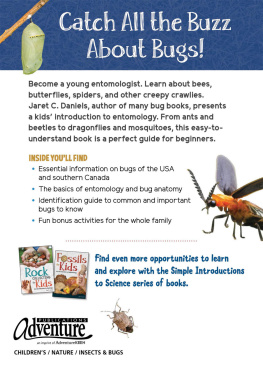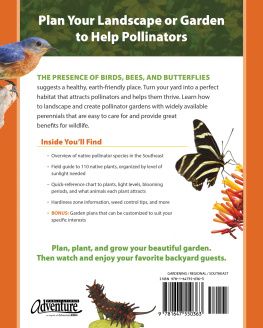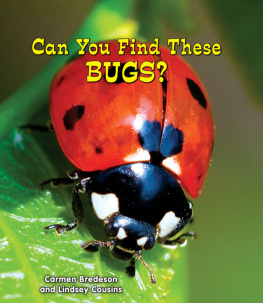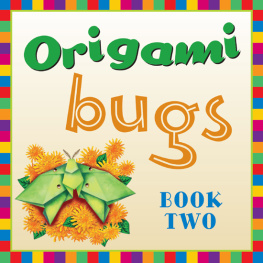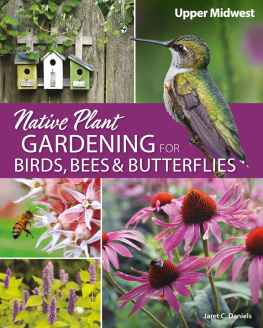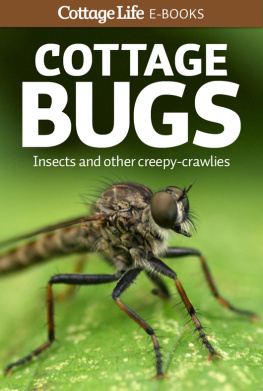Jaret C. Daniels - Insects & Bugs for Kids
Here you can read online Jaret C. Daniels - Insects & Bugs for Kids full text of the book (entire story) in english for free. Download pdf and epub, get meaning, cover and reviews about this ebook. year: 2021, publisher: Adventure Publications, genre: Children. Description of the work, (preface) as well as reviews are available. Best literature library LitArk.com created for fans of good reading and offers a wide selection of genres:
Romance novel
Science fiction
Adventure
Detective
Science
History
Home and family
Prose
Art
Politics
Computer
Non-fiction
Religion
Business
Children
Humor
Choose a favorite category and find really read worthwhile books. Enjoy immersion in the world of imagination, feel the emotions of the characters or learn something new for yourself, make an fascinating discovery.
- Book:Insects & Bugs for Kids
- Author:
- Publisher:Adventure Publications
- Genre:
- Year:2021
- Rating:4 / 5
- Favourites:Add to favourites
- Your mark:
- 80
- 1
- 2
- 3
- 4
- 5
Insects & Bugs for Kids: summary, description and annotation
We offer to read an annotation, description, summary or preface (depends on what the author of the book "Insects & Bugs for Kids" wrote himself). If you haven't found the necessary information about the book — write in the comments, we will try to find it.
Insects & Bugs for Kids — read online for free the complete book (whole text) full work
Below is the text of the book, divided by pages. System saving the place of the last page read, allows you to conveniently read the book "Insects & Bugs for Kids" online for free, without having to search again every time where you left off. Put a bookmark, and you can go to the page where you finished reading at any time.
Font size:
Interval:
Bookmark:


Disclaimer Kids should always be accompanied by an adult when outdoors, and its your responsibility to recognize, and avoid, the potentially dangerous bugs, insects, plants, or animals in your area. Always be aware of the weather and your environmental surroundings, and stay off private property. Finally, dont handle bugs or insects unless youre certain its safe to do so.
Edited by Brett Ortler
Cover and book design by Jonathan Norberg
Cover photos: ArtLovePhoto/Shutterstock: Mosquito; Eric Isselee/Shutterstock: Grasshopper; Fotofermer/Shutterstock: Inchworm; Frode Jacobsen/Shutterstock: Eastern Tailed Blue Butterfly; JanyaSk/Shutterstock: Grass Background; Jay Ondreicka/Shutterstock: Monarch Chrysalis; Jonathan Norberg: Hand; junrong/Shutterstock: Stink Bug; Khairil Azhar Junos/Shutterstock: Monarch; khlungcenter/Shutterstock: Firefly; Macronatura.es/Shutterstock: Asian Beetle; Melinda Fawver/Shutterstock: Spider and Walking Stick; Nataliia K/Shutterstock: House Fly; Picture Partners/Shutterstock: Earthworm; Sari Oneal/Shutterstock: Eastern Black Swallowtail Butterfly; and sruilk/Shutterstock: Ants.
All photos copyright by Jaret Daniels unless otherwise noted.
Scott Bauer, USDA Agricultural Research Service,
Images used under license from Shutterstock.com:
Adrienne G: (top left).
10 9 8 7 6 5 4 3 2 1
Insects & Bugs for Kids
Copyright 2021 by Jaret C. Daniels
Published by Adventure Publications, an imprint of AdventureKEEN
310 Garfield Street South
Cambridge, Minnesota 55008
(800) 678-7006
www.adventurepublications.net
All rights reserved
Printed in the United States of America
ISBN 978-1-64755-164-3 (pbk.); ISBN 978-1-64755-165-0 (ebook)
ACKNOWLEDGMENTS
I would like to thank my loving wife and best friend, Stephanie, for her unending patience, sense of humor, and support. She makes our life together truly wonderful. I also want to thank our many doting cats. They regularly keep me company during projects like these and quickly alert me should any of the assorted insects in our home escape. Lastly, I wish to thank my parents for encouraging my early interest in the natural world. It resulted in a continuously rewarding and always surprising career.
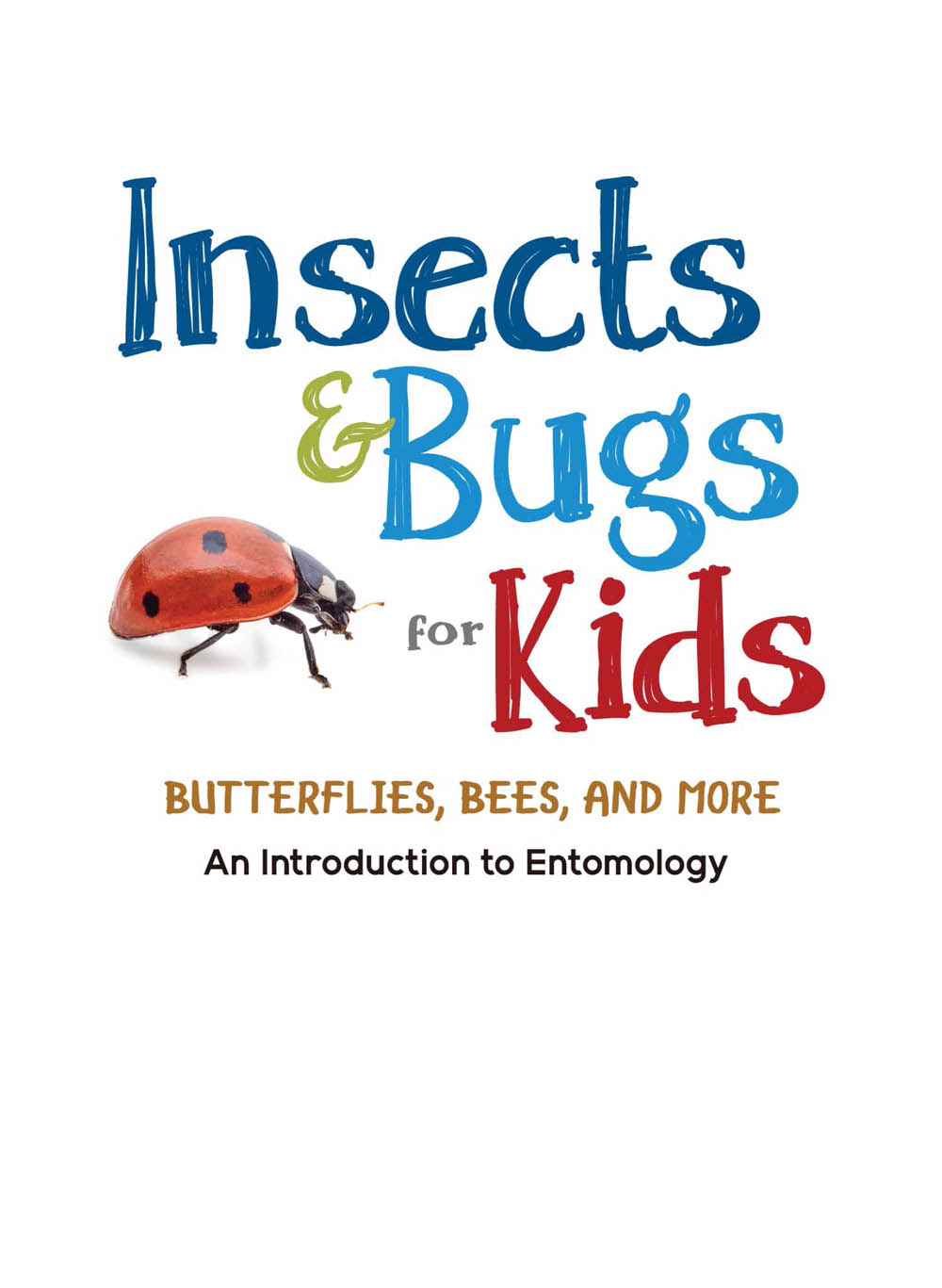
Table of Contents
All About Bugs
If you want to observe or study bugs, it helps to know a bit more about them first. The term bug is generic and typically refers to a wide assortment of small, creepy-crawly critters. All bugs are arthropods (say it, ar-thro-pods ). Arthropods are invertebratesthey dont have an internal skeleton and bones. Instead, they have an external skeleton, a segmented body, and jointed appendages, such as legs and antennae. The arthropods are a large group of animals that includes insects, crustaceans, spiders, centipedes, millipedes, and scorpions. Together they are the largest, most diverse and widespread group of animals on the planet, representing nearly 85 percent of all known animal species.
ARTHROPOD EXAMPLES
_PC_Federico.Crovetto_shutterstock_1042736500.jpg)
Jumping Spider (spider)
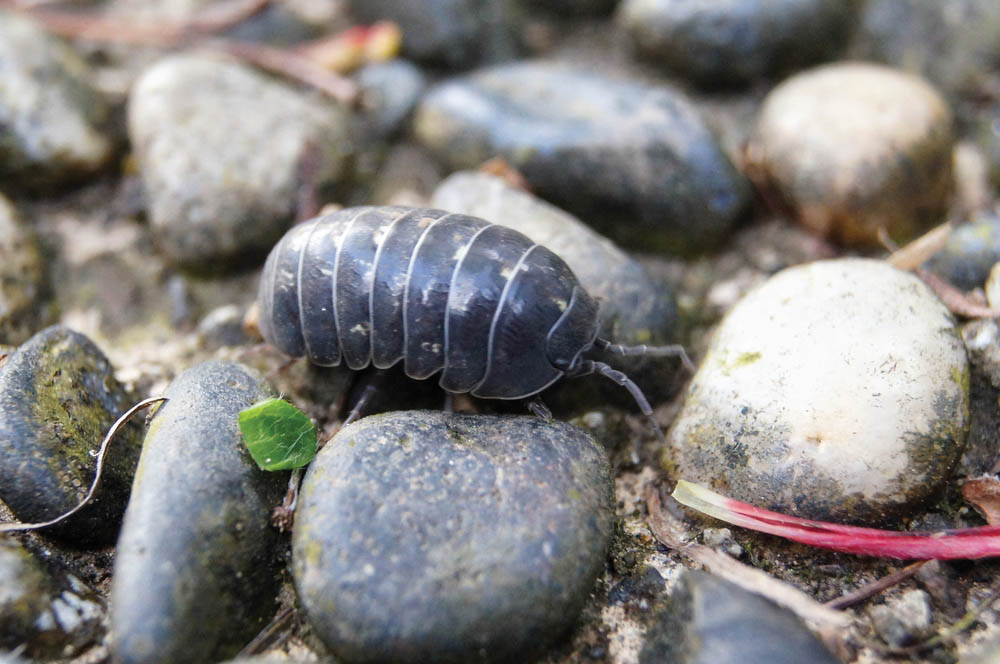
Pillbug (crustacean)
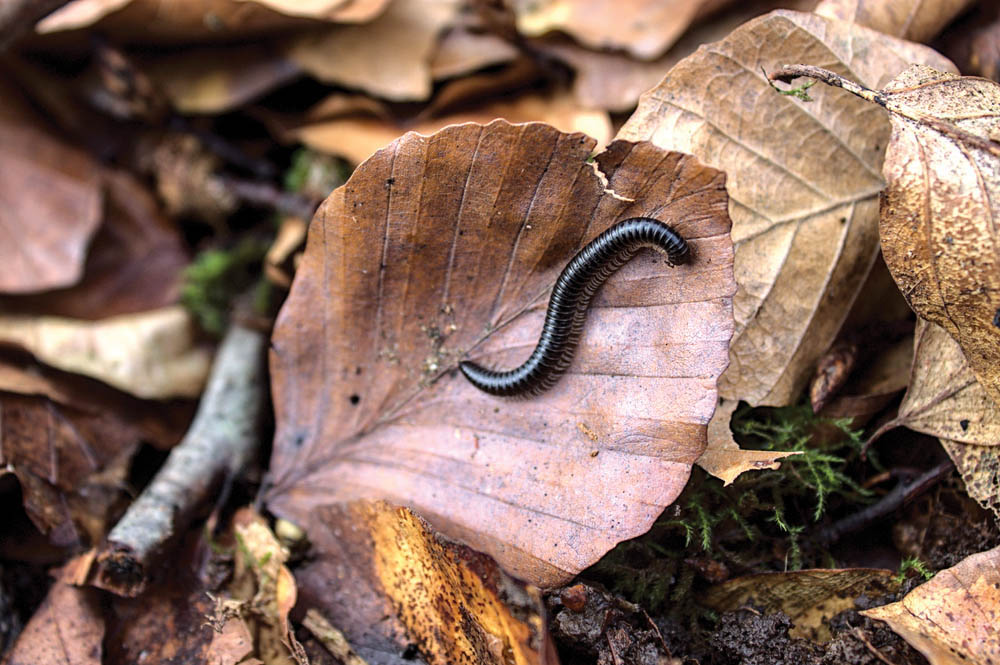
Millipede (millipede)
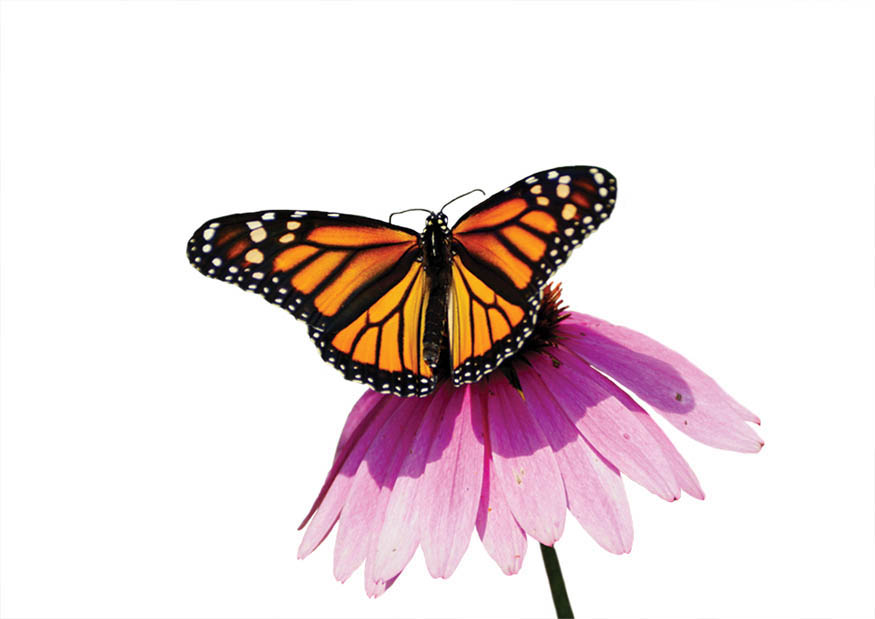
Monarch Butterfly (insect)
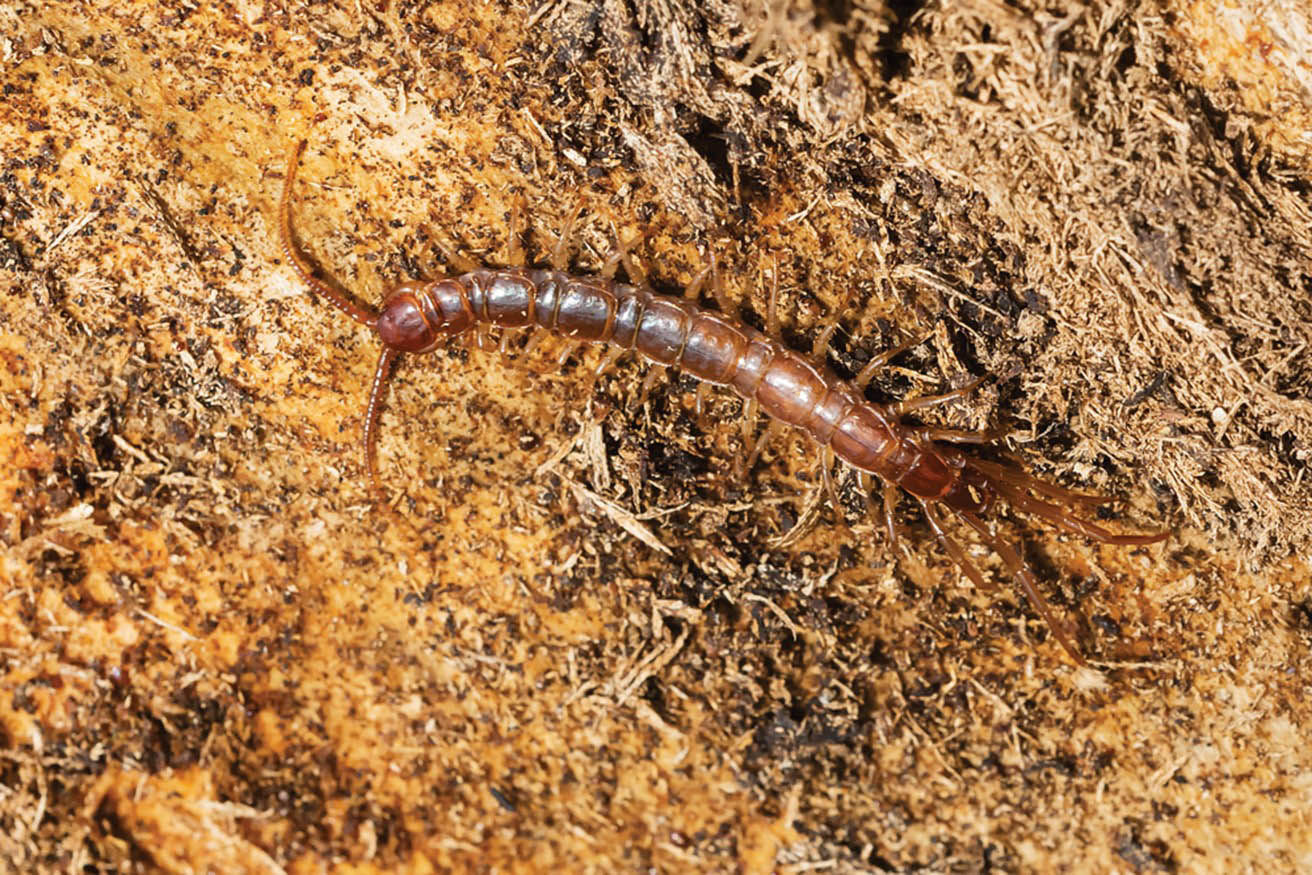
Stone Centipede (centipede)
Insects are by far the most familiar and frequently encountered arthropods. They are also incredibly diverse, with over 1 million known species. The vast majority of species on Earth that are yet to be described are likely insects and other arthropods. In fact, scientists conservatively estimate that the total number of insects could exceed 8 million when all are eventually discovered. While the vast majority of that amazing diversity exists in the tropics, there are well over 150,000 species of insects in the United States and Canada alone. They are also incredibly abundant. Although it may sound crazy, there are about 1.5 billion insects on Earth for every human being.

Some insects, such as Tomato Hornworms (a moth caterpillar), can cause damage to plants or crops.
Entomology (say it, ent-o-mall-o-gee ) is the study of insects. It is a big scientific field that makes contributions to biology, agriculture, chemistry, human and animal health, conservation, the environment, medicine, and even criminal investigation (forensics). Entomologists work in laboratories and out in nature (fieldwork). They identify new species and uncover evolutionary relationships between species. They help ensure safe and sustainable food production; help us fight plant, animal, and human diseases; work to prevent pest damage to homes, landscapes, and the environment; and many other useful things. They even help conserve rare and endangered species.
But you dont have to have a college degree to enjoy or study insects. Anyone can learn about and enjoy insects, and even collect valuable scientific information or make new discoveries. Today, there are also many opportunities for citizen scientistsmembers of the general public who help collect and analyze datato contribute. No matter if youre interested in butterflies, ants, ladybugs, bees, or even earthworms, there are a great many citizen science programs available, and kids can participate in many cases too!
Of course, the first step is probably just exploring and getting to know the many different types of bugs that are right outside your front door.
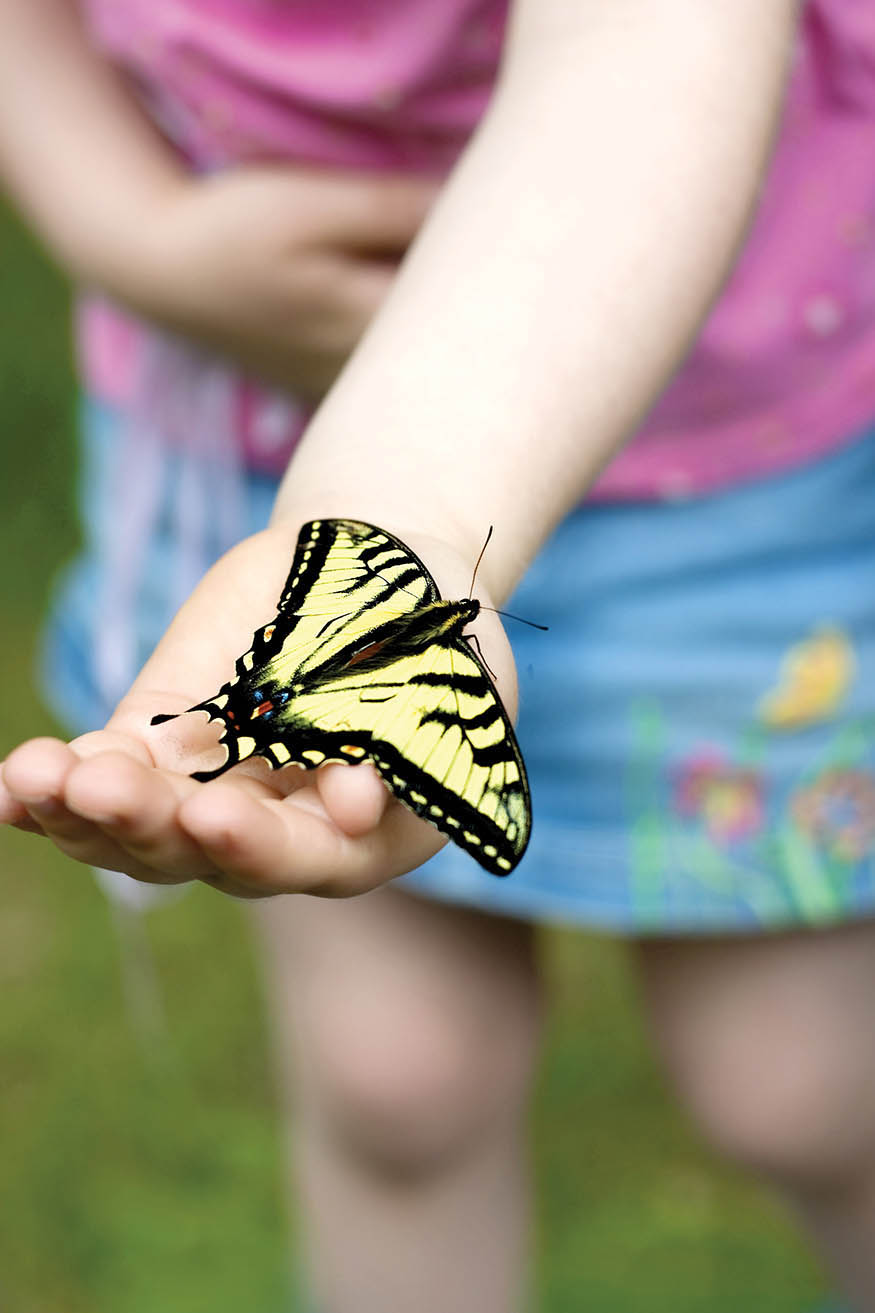
Butterflies, like this Tiger Swallowtail, are a perennial favorite with all ages.
AN INSECTS BODY
All insects share several common features. Unlike humans, other mammals, birds, reptiles, and amphibians, insects lack an internal skeleton. Instead, they have a hard (or generally hard) outer covering called an exoskeleton . It serves several functions including protection and support. Like armor, it helps guard the insects body from damage and water loss ( desiccation ). The exoskeleton also provides support for muscle attachments, which helps bugs move.
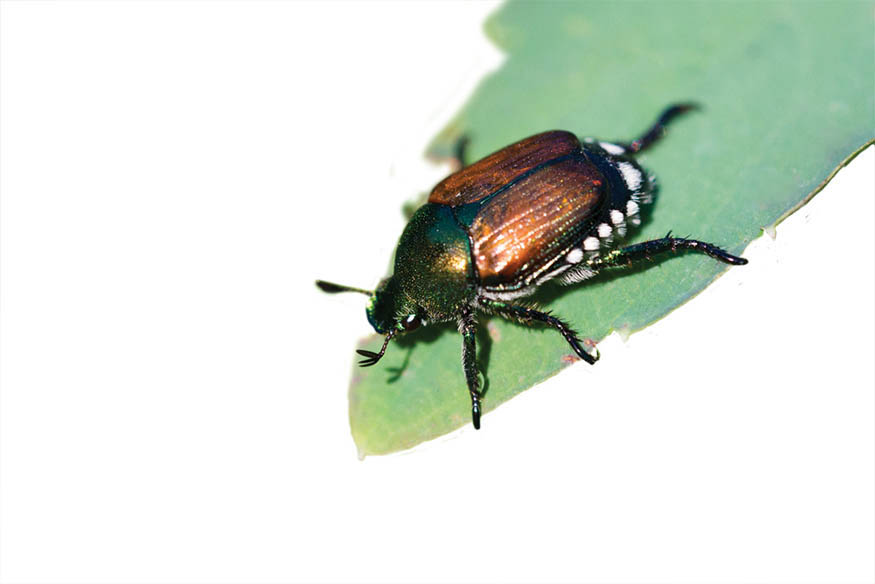
Font size:
Interval:
Bookmark:
Similar books «Insects & Bugs for Kids»
Look at similar books to Insects & Bugs for Kids. We have selected literature similar in name and meaning in the hope of providing readers with more options to find new, interesting, not yet read works.
Discussion, reviews of the book Insects & Bugs for Kids and just readers' own opinions. Leave your comments, write what you think about the work, its meaning or the main characters. Specify what exactly you liked and what you didn't like, and why you think so.

